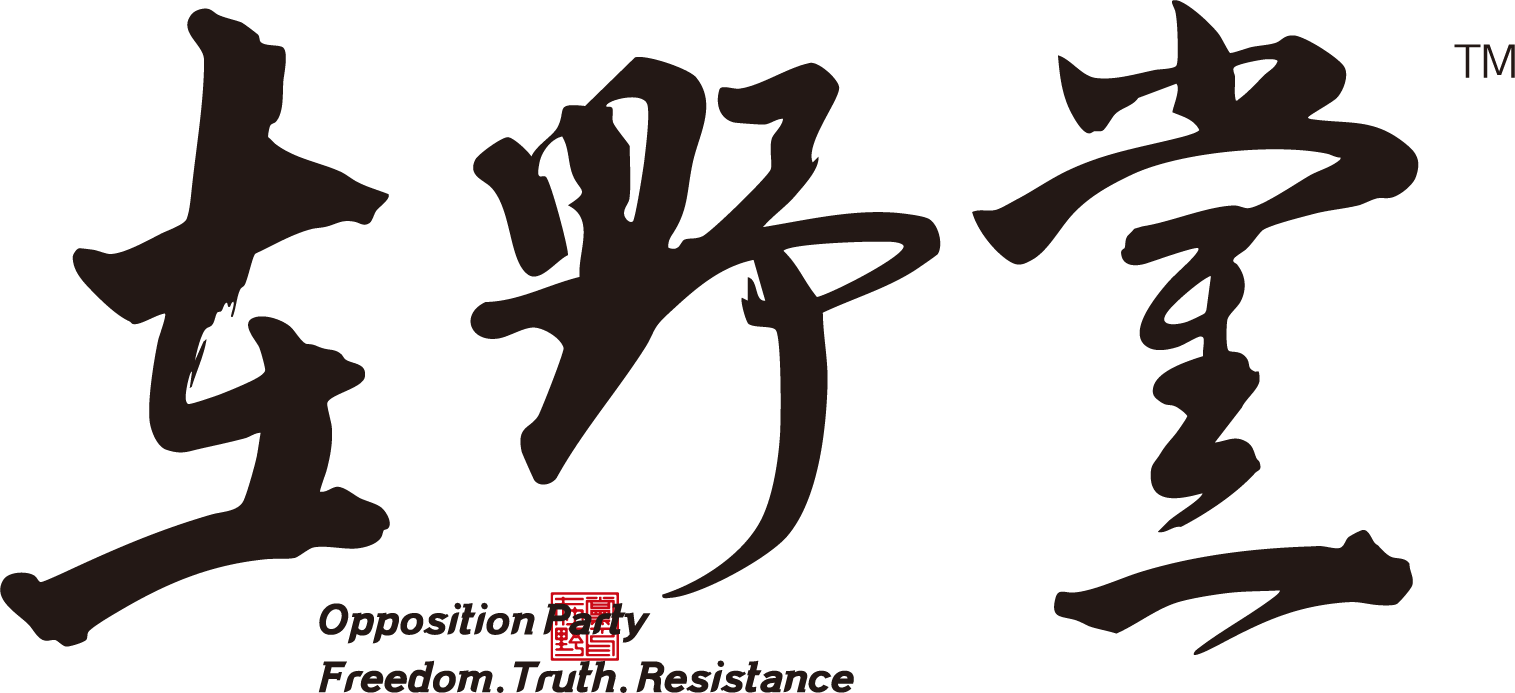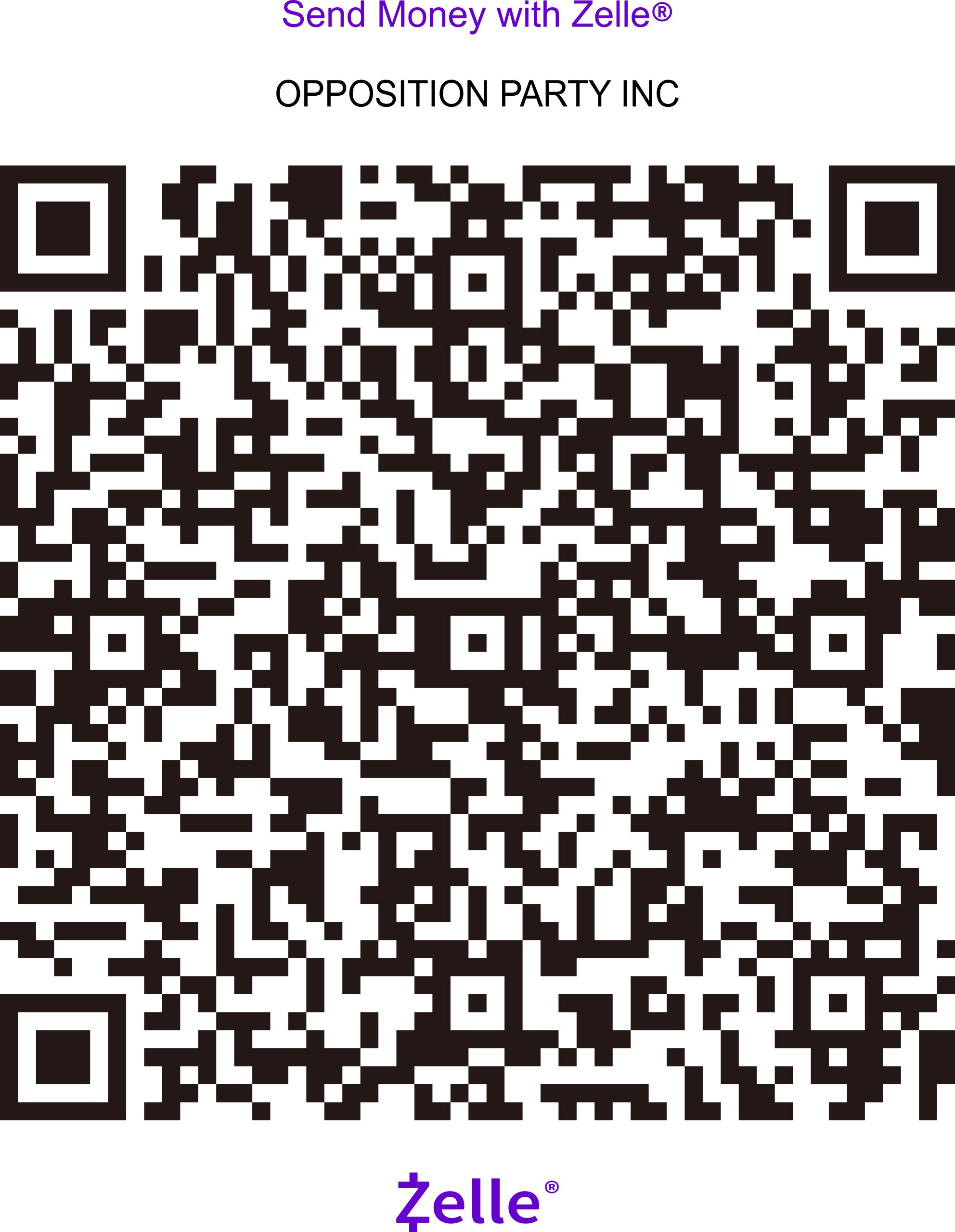作者:张兴贵
编辑:李聪玲 责任编辑:罗志飞 校对:程筱筱 翻译:刘芳
在极权制度中反复上演的悖论现象:一件“小事”总被放任,直至演变为席卷区域性甚至全国的“大事件”,而当危机彻底失控,政权又总是“集中力量办大事”,以雷霆之势平息一切。这看似矛盾的循环,并非偶然,而是极权治理逻辑的必然产物。它既暴露了权力的傲慢,也折射出权力的脆弱;既是日常治理的失效,更是危机应对的表演。
一、小事被掩盖——信息垄断与纠错失灵
极权制度的核心,是对信息、资源和权力的绝对垄断。在这种结构中,任何“小问题”都可能被视为对整体叙事的威胁,因此从一开始就被系统性掩盖。
信息流动被层层截留。基层官员深知,上报负面消息意味着政治风险。于是,瞒报、淡化、归类为“个案”成为常态。一件普通的民生诉求,在乡镇被视为“无理取闹”,在县里被归为“局部问题”,到省市层面则消失在“总体稳定”的报告中。中央决策者看到的,永远是经过“优化”的现实。
权力结构拒绝纠错。极权制度强调“集中统一领导”,基层不敢、也不能在问题萌芽时主动作为。“多一事不如少一事”、“没有上级指示不得擅动”——这种垂直依赖,让“小事”失去了被及时处理的可能。结果是小病不医,终成大患。
二、大祸爆发——压力积累与减压阀缺失
当小事被长期积压,社会矛盾就像地下岩浆,持续升温。极权制度看似坚不可摧,实则缺乏弹性。它没有独立的司法、自由的媒体、多元的监督作为“减压阀”,压力只能以更剧烈的方式爆发。一方面,社会信任持续瓦解。民众反复经历“投诉无门、维权无果、真相被掩盖”的过程,逐渐形成集体记忆:小事无人理,大事必引爆。一旦某个偶然事件触碰神经——无论是一起交通事故、一次执法冲突,还是一段网络视频——积怨便瞬间被点燃,演变为群体性事件。另一方面,技术加速了事态失控。互联网时代,信息传播速度远超管控能力。一段视频、一个帖子,可在数小时内冲破所有封锁。技术与民意的双重合力,往往让“小事”在转瞬之间升级为“大祸”。
三、集中力量办大事——非常态应对与治理表演
危机全面爆发后,极权制度祭出“杀手锏”——集中力量办大事。军队、警察、宣传、财政等资源被迅速整合,以摧枯拉朽之势平息风波。这种模式确实能在短时间内“摆平”局面:封路、抓捕、删帖……动作迅猛,规模宏大,外界往往为之震惊。但这并非治理能力的体现,而是危机应对的“非常态”。它依赖不受约束的权力,可跨部门、跨地区、无视程序调集资源;不受监督的决策,不计成本、不问效率;不受问责的后果,前期失误无人负责,深层问题并未解决。
四、恶性循环的根源——反馈机制的结构性缺失
为什么极权制度总陷入“小事→大祸→集中力量”的循环?根本原因在于缺乏正常的治理反馈机制。在民主社会,小事通过媒体曝光形成舆论压力,推动政策调整;官员受监督,必须承担责任。在极权制度,小事被瞒报、积压,直至突发危机才启动应急;官员只对上负责,无需面对民众。于是,放任→失控→强力压制成为唯一路径。
极权制度看似强大,却在“小事”面前暴露了致命的脆弱。它掩盖小事,是为了维护面子;它集中力量办大事,是为了挽回局面。但每一次循环,都在透支公信力、积累新隐患。真正的治理,不是在危机中“力挽狂澜”,而是在日常里“防微杜渐”;真正的强大,不是能“办成大事”,而是能让“小事”不再酿成大祸。一个不敢正视小问题的政权,终将被大问题拖垮;一个只会“集中力量”的制度,终会发现,再大的力量,也填不满信任的裂缝。
Why “Small Incidents” Become “Great Disasters” Under Totalitarian Rule
Abstract: In totalitarian systems, small problems are concealed due to information blockades and bureaucratic inertia, allowing tensions to accumulate until they erupt into major crises. When chaos finally breaks out, the regime suppresses it through its model of “concentrating power to accomplish big tasks,” forming a recurring cycle of concealment—loss of control—repression. This vicious cycle reveals governance failures and exposes a deep crisis of legitimacy.
Author: Zhang Xinggui
Editor: Li Congling Executive Editor: Luo Zhifei Proofreader: Cheng Xiaoxiao Translator: Liu Fang
A paradox repeatedly unfolds under totalitarian rule: a “small incident” is always allowed to fester until it grows into a regional or even nationwide “major event.” Once the crisis spirals out of control, the regime inevitably responds by “concentrating power to accomplish big tasks,” smashing everything with overwhelming force. This seemingly contradictory cycle is no accident—it is the inevitable outcome of totalitarian governance logic. It reveals both the arrogance and fragility of power; it reflects not only routine governance failures but also the performative nature of crisis response.
I. Small Incidents Are Covered Up—Information Monopoly and Failure to Correct Errors
The core of totalitarianism is the absolute monopoly over information, resources, and power. Within such a structure, any “small problem” may be treated as a threat to the official narrative, and is therefore systematically concealed from the beginning. Information flow is blocked at every level. Grassroots officials understand that reporting negative news brings political risk. Thus concealment, downplaying, and labeling issues as “isolated cases” become routine. A simple livelihood complaint is dismissed as “making trouble” at the township level, classified as a “localized issue” at the county level, and disappears entirely under “overall stability” in provincial reports. Central leaders always see a carefully polished reality. The power structure rejects correction. Totalitarian logic demands “centralized and unified leadership,” leaving grassroots officials unable—and afraid—to act proactively when problems first appear. “The less trouble, the better,” “No action without instructions”—such vertical dependence eliminates any chance for small issues to be addressed in time. Minor illnesses go untreated, eventually becoming major crises.
II. Major Disasters Erupt—Pressure Accumulation and the Absence of Relief Valves
When small issues are continually suppressed, social grievances accumulate like underground magma, heating steadily. Totalitarian regimes appear solid on the surface but lack resilience. They have no independent judiciary, no free press, and no pluralistic oversight to serve as “pressure valves.” Thus the tension erupts in more violent ways. On one hand, public trust erodes continuously. People repeatedly experience “no channel for complaints, no result from seeking justice, truth being concealed,” and gradually form a collective memory: small issues are ignored until they explode. Once an accidental event touches a raw nerve—whether it is a traffic accident, a law enforcement conflict, or a viral video—pent-up resentment ignites instantly, evolving into mass incidents. On the other hand, technology accelerates the loss of control. In the internet age, information spreads faster than censorship. A single video or post can break through all barriers within hours. The combined force of technology and public anger often turns a “small incident” into a “great disaster” almost overnight.
III. Concentrating Power to Accomplish Big Tasks—Extraordinary Response and Performative Governance
Once a crisis fully erupts, the totalitarian regime deploys its “ultimate solution”: concentrating power to accomplish big tasks. The military, police, propaganda apparatus, and financial resources are rapidly mobilized to crush the unrest with overwhelming force. This model can indeed “restore order” quickly—roadblocks, mass arrests, censorship—executed with stunning speed and scale. But this is not evidence of effective governance; it is merely an extraordinary emergency response. It relies on unchecked power that mobilizes resources across regions and agencies without regard for due process. Decisions are made without oversight, regardless of cost or efficiency. Consequences carry no accountability: earlier failures go unpunished, and deep structural issues remain untouched.
IV. The Root of the Vicious Cycle—The Structural Absence of Feedback Mechanisms
Why does totalitarianism fall into the cycle of “small incident → great disaster → concentrated power intervention”? The fundamental cause is the absence of normal governance feedback mechanisms. In democratic societies, small issues are exposed by the media, creating public pressure that drives policy adjustment. Officials are accountable and must respond to the public. In totalitarian systems, small issues are concealed and postponed until emergencies force reactive interventions. Officials answer only to their superiors, never to the people. Thus neglect → breakdown → force becomes the only available path.
Totalitarian regimes appear powerful, yet are fatally vulnerable to small problems. They conceal small issues to preserve their image; they concentrate power to handle big ones to salvage control. But each cycle erodes public trust and accumulates new dangers. Real governance is not about “spectacular rescues” during crises, but about “preventing problems at their root” in everyday governance. True strength is not the ability to “carry out big tasks,” but the ability to keep small issues from becoming catastrophes. A regime that does not dare face small problems will eventually be destroyed by big ones; a system that relies solely on concentrated power will one day discover that no amount of force can mend the cracks created by the loss of public trust.


张宇-中国新的文字狱时代-rId7-1916X1440.jpeg?w=218&resize=218,150&ssl=1)
张宇-rId5-1269X686.png?w=218&resize=218,150&ssl=1)


